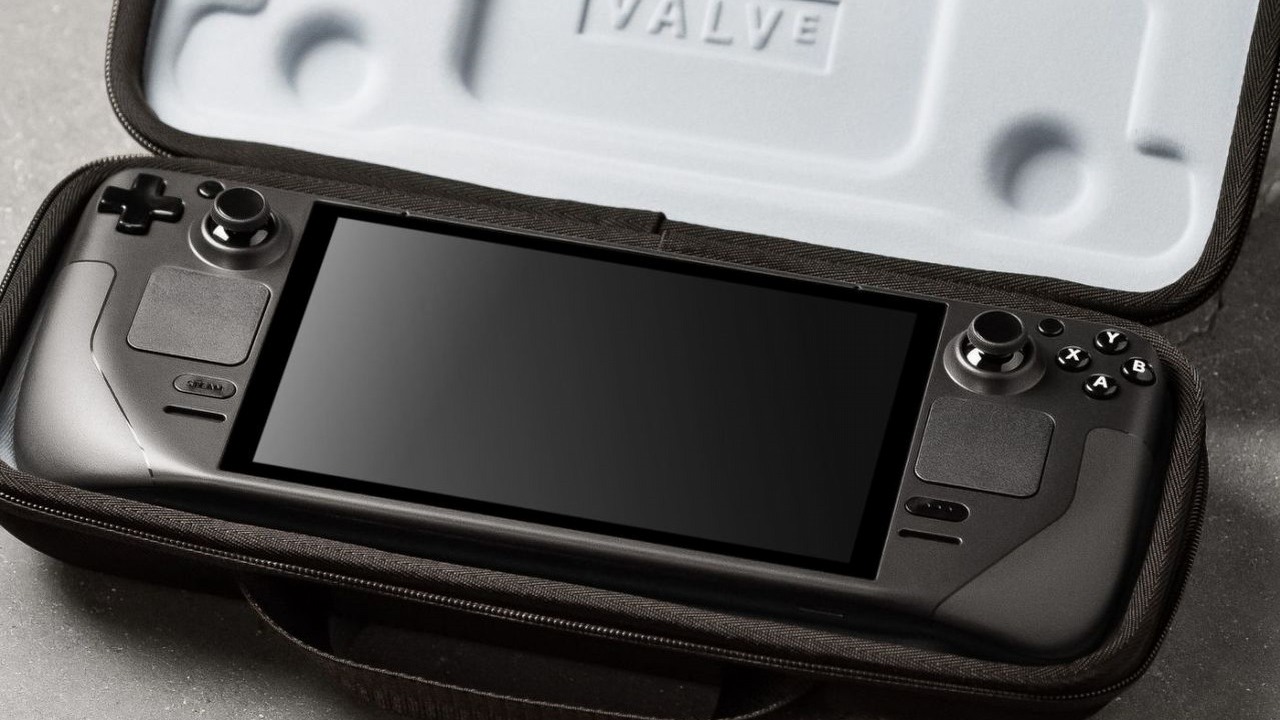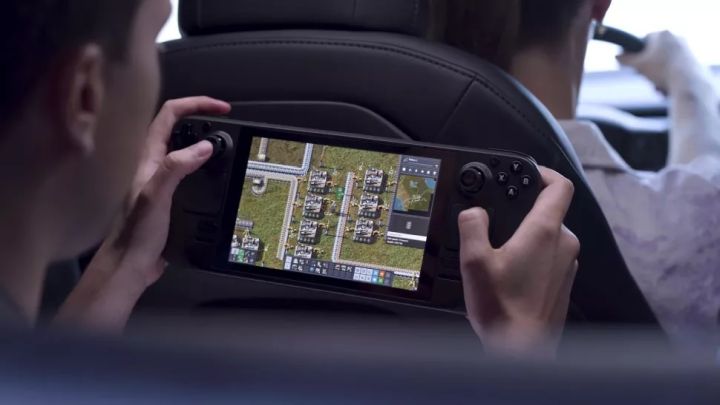Steam Deck Protected From Scalpers. How do I Order My Console?
Pre-orders for Steam Deck, a new console presented by Valve, have begun. The manufacturer has prepared a number of security measures to protect the device from scalpers, but they can complicate the ordering procedure.

Valve has thrown down the gauntlet to Nintendo by unveiling its new console, the Steam Deck. Pre-orders begin today, July 16, at 10 AM PT, but not everyone will be able to reserve a device. In fear of scalpers the manufacturer has introduced a number of security measures.
How to pre-order Steam Deck?
Steam Deck pre-orders are available here. Initially, the console will be available in the US, Canada, the EU and the UK. Other regions and countries are to be added "soon". The device is scheduled to ship in December 2021.
Valve believes in the success of its console, while at the same time fears that Steam Deck - like the PlayStation 5 - will fall prey to scalpers, buying consoles with the intention of reselling them for a large profit on a wave of considerable interest. To give common gamers a chance, the manufacturer has introduced the following safeguards:
- There must be at least one transaction made on your Steam account before June 2021 (this rule only applies for the first 48 hours of pre-orders);
- A down payment of $5 is required;
- The Steam account must be from the U.S., Canada, European Union or the U.K;
- Only one console can be reserved per account.

After placing a pre-order, your account goes on the queue list. At the time when the console will be available, we will be informed of this by email. This means that the first come, first served rule applies.
You will be able to cancel your reservation at any time. If you do this within 30 days of placing the order, the money will return to your account. After exceeding this deadline, the return will go to your Steam Wallet.
The safeguards are designed to increase the chances of buying the console for ordinary gamers. Profit-seeking scalpers will place orders only after 2 days, so they will be quite far on the queue list, which should deter at least some of them. A similar function is serves by the advance payment - a token 5 dollars will not be of much use to Valve, but will force the chosen payment method to be associated with ab account and perhaps hinder the creation of thousands of multi-accounts to purchase the console.
Steam Deck price and specs
Steam Deck will be available in three variants that differ in both price and specs:
- $399 version: 64 GB eMMC memory and a console case,
- $529 version: faster 256 GB NVMe SSD storage, a console case and a bundle of exclusive content for our profile on Steam,
- $649 version: faster 512 GB NVMe SSD, a console case, a bundle of exclusive content for our profile on Steam, an additional on-screen keyboard theme and an improved display glass.
The remaining specs are expected to be identical regardless of the price variant:
Processor: | AMD APU Zen 2, 4 cores, 8 threads, 2.4-3.5GHz, (448 GFlops) |
Graphics card: | 8 cores RDNA 2, 1.0-1.6GHz (1.6 TFlops) |
RAM: | 16 GB LPDDR5 RAM |
SSD memory: | - 64 GB eMMC - 256/512GB NVMe SSD |
Display: | 7-inch touchscreen LCD, 1280 x 800 pixel resolution, 60Hz refresh rate, 400 nits maximum brightness |
Wireless connectivity: | 2.4GHz and 5GHz Wifi, 2 x 2 MIMO, IEEE 802.11a/b/g/n/ac Bluetooth 5.0 |
Operating system: | SteamOS 3.0 based on Arch Linux |
Battery: | 40Whr (45W fast charging) |
Weight: | 669 grams |
The processor and graphic chip are expected to draw between 4 and 15 watts of power. The console is also equipped with a USB Type C connector, a 3.5mm minijack output, and a microSD card slot. Valve has prepared a special page, presenting not only the full specs, but also detailed sketches of the console with all the outputs and buttons described.
The specs should allow for pleasant gaming away from the desk, although the biggest surprise may be the display. Will the resolution of 1280x800 at 7 inches give satisfactory results in a situation where we are used to higher resolutions on smaller screens of our phones? Time will tell.
0

Author: Konrad Sarzynski
He has enjoyed writing since childhood and always dreamed of writing his own book. He just never expected it to be a scientific monograph. He has PhD in urban studies, which he is happy to brag about to his friends at every possible opportunity. He started his adventure with Webedia in late 2020 in the Tech department. He created texts, ran the technology newsroom, and later co-founded Futurebeat.pl, being responsible for featured articles and hardware tests. Now he focuses on all kinds of builders - both mainstream and indie - which he streams on his Twitch channel. He lives with his cat and wife.
Latest News
- End of remote work and 60 hours a week. Demo of Naughty Dog's new game was born amid a crunch atmosphere
- She's the new Lara Croft, but she still lives in fear. Trauma after Perfect Dark changed the actress' approach to the industry
- „A lot has become lost in translation.” Swen Vincke suggests that the scandal surrounding Divinity is a big misunderstanding
- Stuck in development limbo for years, ARK 2 is now planned for 2028
- Few people know about it, but it's an RPG mixing Dark Souls and NieR that has received excellent reviews on Steam, and its first DLC will be released soon

